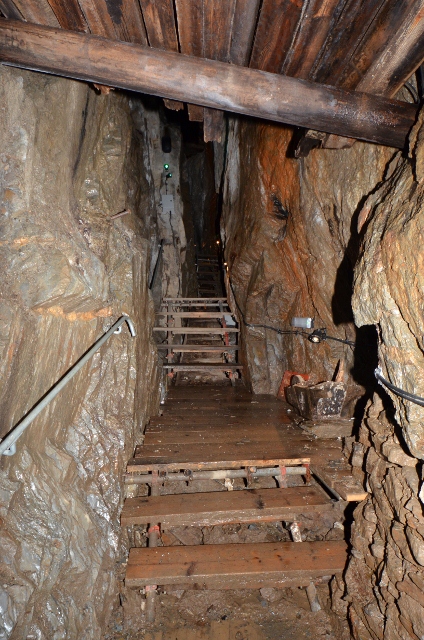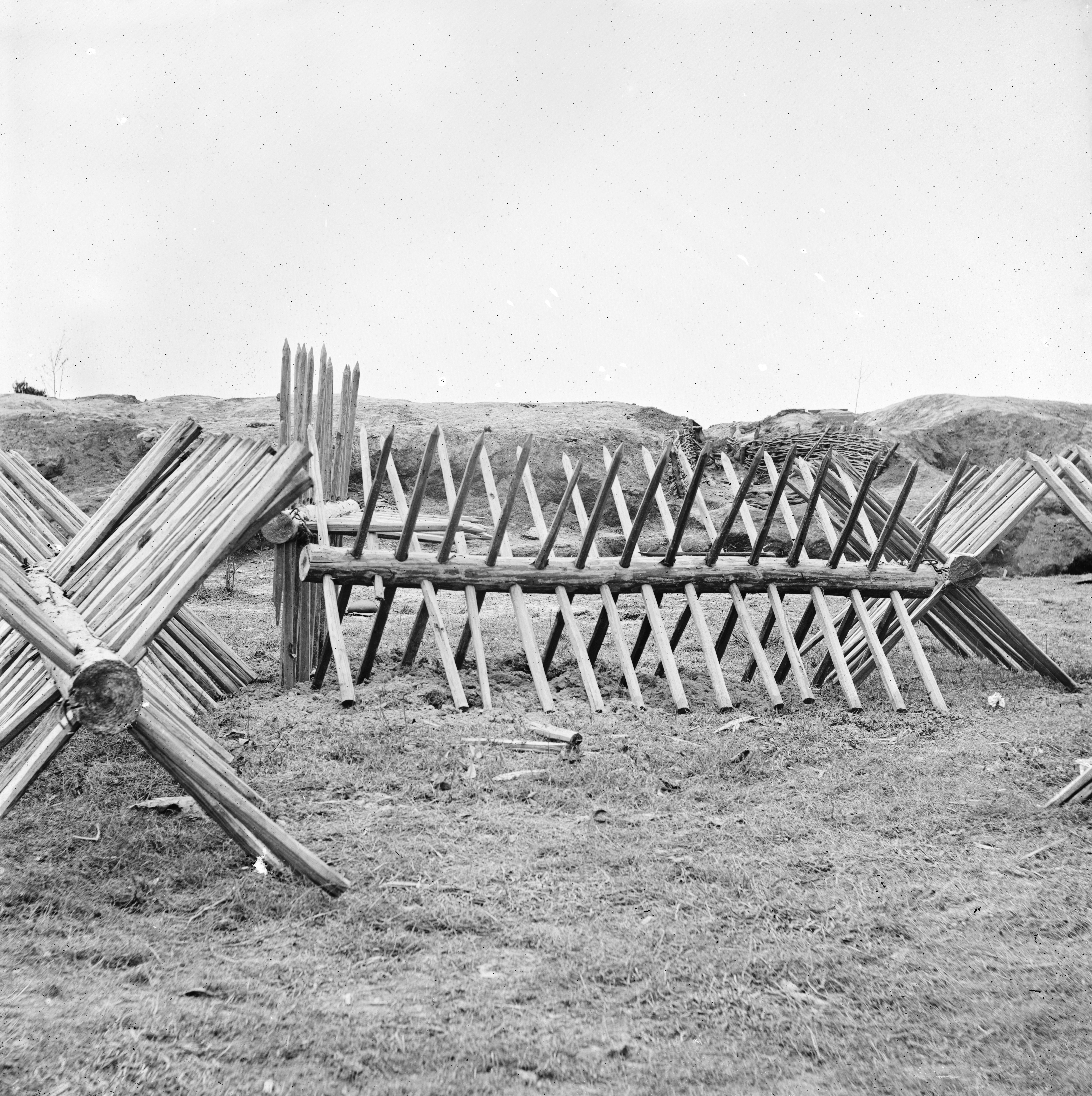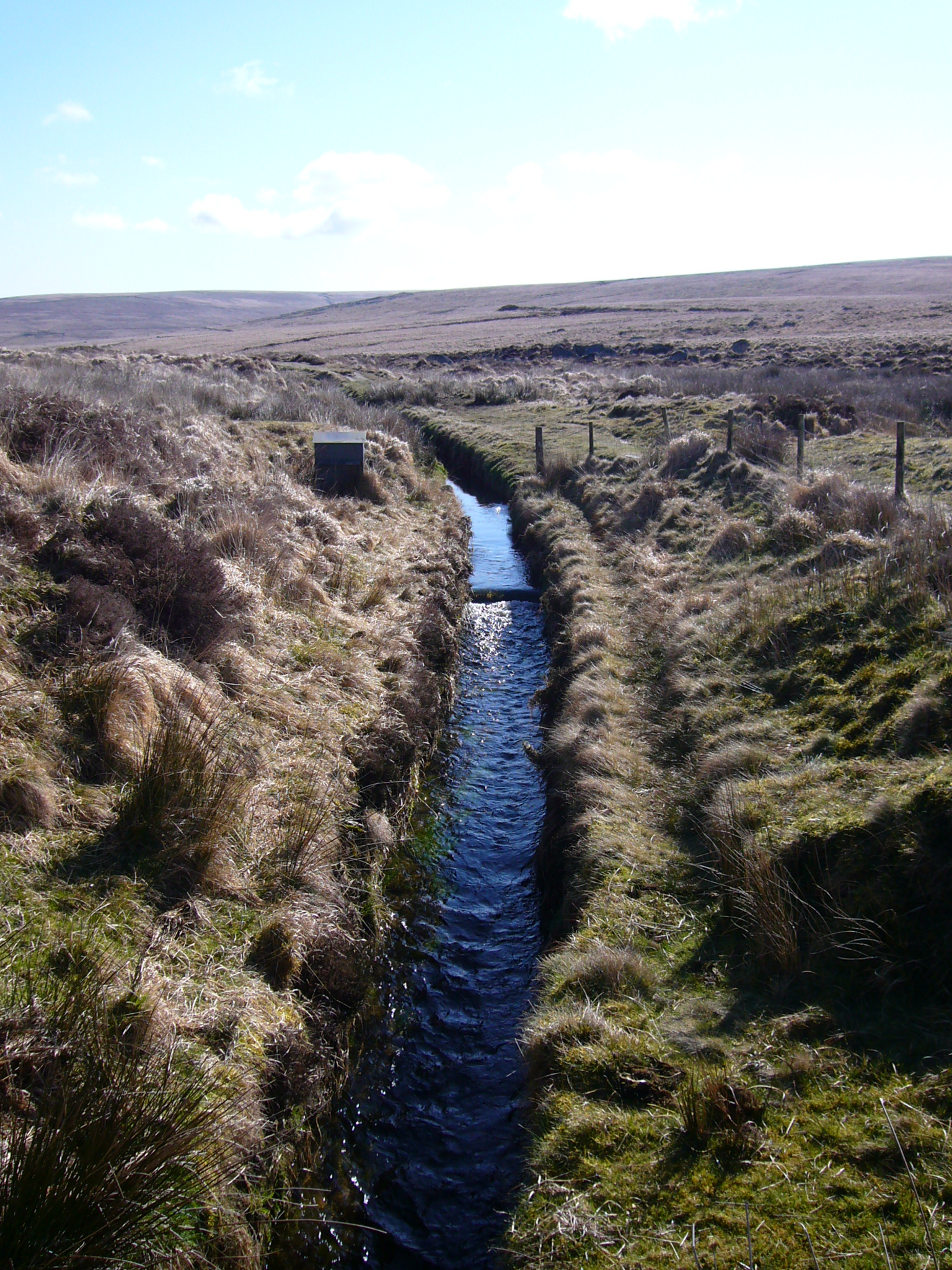|
Llywernog Mine
Llywernog Mine is an 18th-century silver-lead Mining, mine in Llywernog, Ceredigion, Wales, currently run as an industrial heritage museum and tourist attraction. Exploiting the mineralised rocks of the Central Wales Orefield, it is one of many silver-lead Mining in Wales, mines in Wales, and unlike many others it still has a large number of intact buildings and mining equipment, much of which has been restored as part of the museum. The first vein of galena, an ore which contains silver and lead, was discovered around 1742, and active mining commenced in the 1770s. Mining continued intermittently for over a century, interspersed with phases of idleness and with many changes of management. However in 1891, low lead prices forced the mine to close. The mine was briefly active again from 1907 to 1911, when zinc was extracted. In 1974 restoration work began, and the site opened as a museum later that year. In 2012, the site was rebranded as The Silver Mountain Experience, and incl ... [...More Info...] [...Related Items...] OR: [Wikipedia] [Google] [Baidu] |
Llywernog
Llywernog () is a hamlet in the Community (Wales), community of Blaenrheidol, Ceredigion, Wales. Llywernog is represented in the Senedd Cymru – Welsh Parliament, Senedd by Elin Jones (Plaid Cymru) and the Member of Parliament is Ben Lake (Plaid Cymru). Llywernog is home to Llywernog Mine, an 18th-century silver-lead mine. See also * Metal mining in Wales * List of localities in Wales by population References Villages in Ceredigion {{Ceredigion-geo-stub ... [...More Info...] [...Related Items...] OR: [Wikipedia] [Google] [Baidu] |
Turnpike Trust
Turnpike trusts were bodies set up by individual Acts of Parliament in the United Kingdom, Acts of Parliament, with powers to collect road toll road, tolls for maintaining the principal roads in Kingdom of Great Britain, Britain from the 17th but especially during the 18th and 19th centuries. At the peak, in the 1830s, over 1,000 trusts administered around of turnpike road in England and Wales, taking tolls at almost 8,000 toll-gates and side-bars. During the early 19th century the concept of the turnpike trust was adopted and adapted to manage roads within the British Empire (Ireland, Canada, Australia, New Zealand, India, and South Africa) and in the United States. Turnpikes declined with the Railway mania, coming of the railways and then the Local Government Act 1888 gave responsibility for maintaining main roads to county councils and county borough councils. Etymology The term "turnpike" originates from the similarity of the gate used to control access to the road, to ... [...More Info...] [...Related Items...] OR: [Wikipedia] [Google] [Baidu] |
Leat
A leat (; also lete or leet, or millstream) is the name, common in the south and west of England and in Wales, for an artificial watercourse or aqueduct dug into the ground, especially one supplying water to a watermill or its mill pond. Other common uses for leats include delivery of water for hydraulic mining and mineral concentration, for irrigation, to serve a dye works or other industrial plant, and provision of drinking water to a farm or household or as a catchment cut-off to improve the yield of a reservoir. According to the ''Oxford English Dictionary'', ''leat'' is cognate with ''let'' in the sense of "allow to pass through". Other names for the same thing include ''fleam'' (probably a leat supplying water to a mill that did not have a millpool). In parts of northern England, for example around Sheffield, the equivalent word is ''goit''. In southern England, a leat used to supply water for water-meadow irrigation is often called a ''carrier'', ''top carrier'', or ... [...More Info...] [...Related Items...] OR: [Wikipedia] [Google] [Baidu] |
Steam Engine
A steam engine is a heat engine that performs Work (physics), mechanical work using steam as its working fluid. The steam engine uses the force produced by steam pressure to push a piston back and forth inside a Cylinder (locomotive), cylinder. This pushing force can be transformed by a connecting rod and Crank (mechanism), crank into rotational force for work. The term "steam engine" is most commonly applied to reciprocating engines as just described, although some authorities have also referred to the steam turbine and devices such as Hero's aeolipile as "steam engines". The essential feature of steam engines is that they are external combustion engines, where the working fluid is separated from the combustion products. The ideal thermodynamic cycle used to analyze this process is called the Rankine cycle. In general usage, the term ''steam engine'' can refer to either complete steam plants (including Boiler (power generation), boilers etc.), such as railway steam locomot ... [...More Info...] [...Related Items...] OR: [Wikipedia] [Google] [Baidu] |
Adit
An adit (from Latin ''aditus'', entrance) or stulm is a horizontal or nearly horizontal passage to an underground mine. Miners can use adits for access, drainage, ventilation, and extracting minerals at the lowest convenient level. Adits are also used to explore for mineral veins. Although most strongly associated with mining, the term ''adit'' is sometimes also used in the context of underground excavation for non-mining purposes; for example, to refer to smaller underground passageways excavated for underground metro systems, to provide pedestrian access to stations (pedestrian adits), and for access required during construction (construction adits). Construction Adits are driven into the side of a hill or mountain, and are often used when an ore body is located inside the mountain but above the adjacent valley floor or coastal plain. In cases where the mineral vein outcrops at the surface, the adit may follow the lode or vein until it is worked out, in which case the ad ... [...More Info...] [...Related Items...] OR: [Wikipedia] [Google] [Baidu] |
Afon Rheidol
Afon Rheidol (; also known as the River Rheidol) is a river in Ceredigion, Wales, in length. The source is Plynlimon. Receiving an average annual rainfall of , Plynlimon is also the source of both the Wye and the Severn. Geography and geology Originally formed at the confluence of the Afon Hengwm and Afon Llechwedd-mawr, the Rheidol now emerges as the outflow of Nant-y-moch Reservoir on the western flanks of Plynlimon, near the sources of the Wye and Severn. After flowing south to Ponterwyd in the increasingly deep valley, then southwest through Welsh Oak ancient woodland, it veers westwards to its confluence with the Afon Mynach, at Devil's Bridge, Ceredigion (, lit. "bridge on the Mynach"), and a spectacular waterfall. The river continues, passing the abandoned workings of the Cwm Rheidol lead mine; one of many other metal mines in the valleya source of extracted metal pollution of the river and flows westwards before reaching its confluence with the Afon Ystwyth ... [...More Info...] [...Related Items...] OR: [Wikipedia] [Google] [Baidu] |
Llanelli
; ) is a market town and community (Wales), community in Carmarthenshire and the Preserved counties of Wales, preserved county of Dyfed, Wales. It is on the estuary of the River Loughor and is the largest town in the Principal areas of Wales, county of Carmarthenshire. The town is north-west of Swansea and south-east of Carmarthen. At the 2021 United Kingdom census, 2021 census the community had a population of 25,366, and the built up area had a population of 42,155. The local authority was Llanelli Borough Council when the county of Dyfed existed, and it has been under Carmarthenshire County Council since 1996. Name Spelling The anglicised spelling “Llanelly” was used until 1966, when it was changed to Llanelli after a local public campaign. It remains in the name of a local historic building, Llanelly House, and this is sometimes confused with the village and parish of Llanelly, in south-east Wales near Abergavenny. Llanelly in Victoria (Australia), Victoria, Austra ... [...More Info...] [...Related Items...] OR: [Wikipedia] [Google] [Baidu] |
Rescind
In contract law, rescission is an equitable remedy which allows a contractual party to cancel the contract. Parties may rescind if they are the victims of a vitiating factor, such as misrepresentation, mistake, duress, or undue influence. Rescission is the unwinding of a transaction. This is done to bring the parties, as far as possible, back to the position in which they were before they entered into a contract (the ''status quo ante''). Taxonomy Rescission is used throughout the law in a number of different senses. The failure to draw these crucial distinctions is productive of serious confusion. Although Judicature legislation has been enacted throughout the common law world, and jurisdictions vary in their recognition of a distinct body of law known as equity, reference to the jurisdictional origins is still important for the purposes of exposition. * ''"Rescission" in the sense of termination''. Rescission in this sense is not the focus of this article. Where a contract ... [...More Info...] [...Related Items...] OR: [Wikipedia] [Google] [Baidu] |
Cardiganshire
Ceredigion (), historically Cardiganshire (, ), is a county in the west of Wales. It borders Gwynedd across the Dyfi estuary to the north, Powys to the east, Carmarthenshire and Pembrokeshire to the south, and the Irish Sea to the west. Aberystwyth is the largest settlement and, together with Aberaeron, is an administrative centre of Ceredigion County Council. The county is the second most sparsely populated in Wales, with an area of and a population of 71,500; the latter is a decline of 4,492 since the 2011 census. After Aberystwyth (15,935), the largest towns are Cardigan (4,184) and Lampeter (2,970). Ceredigion is considered a centre of Welsh culture and 45.3% of the population could speak the Welsh language at the 2021 census. To the west, Ceredigion has of coastline on Cardigan Bay, which is traversed by the Ceredigion Coast Path. Its hinterland is hilly and rises to the Cambrian Mountains in the east, where the highest point is Plynlimon at . The mountains ... [...More Info...] [...Related Items...] OR: [Wikipedia] [Google] [Baidu] |
Cornwall
Cornwall (; or ) is a Ceremonial counties of England, ceremonial county in South West England. It is also one of the Celtic nations and the homeland of the Cornish people. The county is bordered by the Atlantic Ocean to the north and west, Devon to the east, and the English Channel to the south. The largest urban area is the Redruth and Camborne conurbation. The county is predominantly rural, with an area of and population of 568,210. After the Redruth-Camborne conurbation, the largest settlements are Falmouth, Cornwall, Falmouth, Penzance, Newquay, St Austell, and Truro. For Local government in England, local government purposes most of Cornwall is a Unitary authorities of England, unitary authority area, with the Isles of Scilly governed by a Council of the Isles of Scilly, unique local authority. The Cornish nationalism, Cornish nationalist movement disputes the constitutional status of Cornwall and seeks greater autonomy within the United Kingdom. Cornwall is the weste ... [...More Info...] [...Related Items...] OR: [Wikipedia] [Google] [Baidu] |
Gwennap
Gwennap () is a village and civil parish in Cornwall, England, United Kingdom. It is about five miles (8 km) southeast of Redruth. Hamlets of Burncoose, Comford, Coombe, Gwennap, Coombe, Crofthandy, Cusgarne, Fernsplatt, Frogpool, Hick's Mill, Tresamble and United Downs lie in the parish, as does Little Beside country house. In the 18th and early 19th centuries Gwennap parish was the Mining in Cornwall#Gwennap.2C Cornwall.27s .22Copper Kingdom.22, richest copper mining district in Cornwall, and was called the "richest square mile in the Old World". It is near the course of the Great County Adit which was constructed to drain mines in the area including several of the local once-famous mines such as Consolidated Mines, Poldice mine and Wheal Busy. Today it forms part of area A6i (the Gwennap Mining District) of the Cornwall and West Devon Mining Landscape World Heritage Site. It lends its name to Gwennap Pit, where John Wesley preached on 18 occasions between 1762 and 1789, ... [...More Info...] [...Related Items...] OR: [Wikipedia] [Google] [Baidu] |







